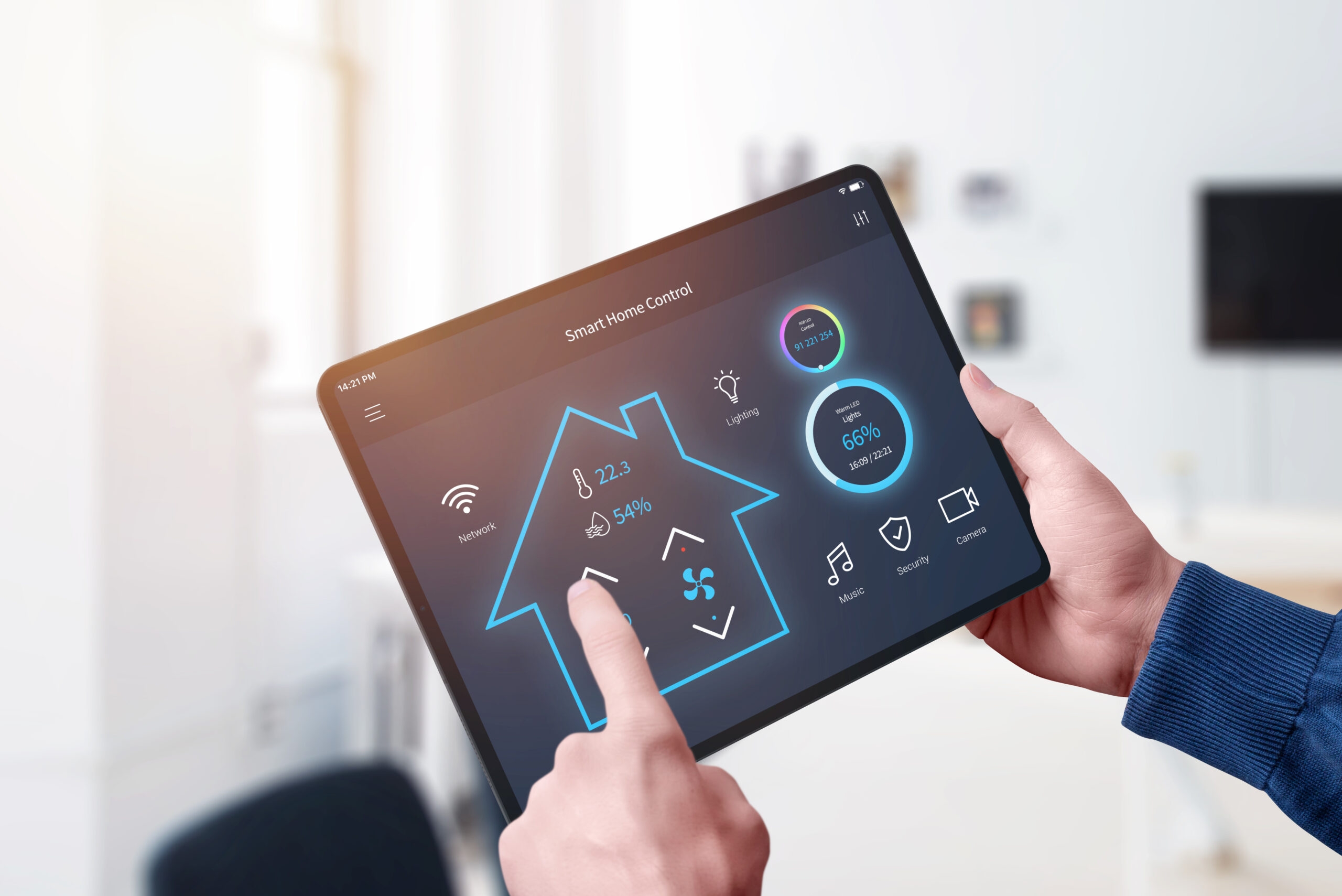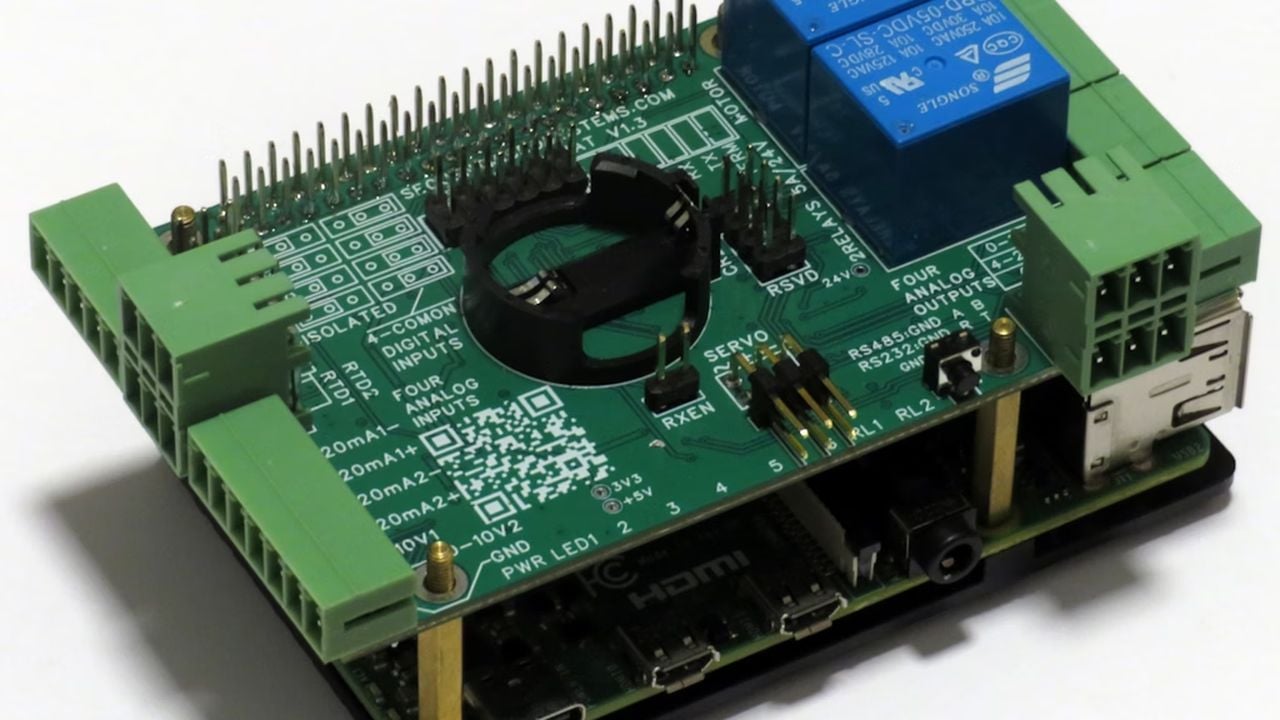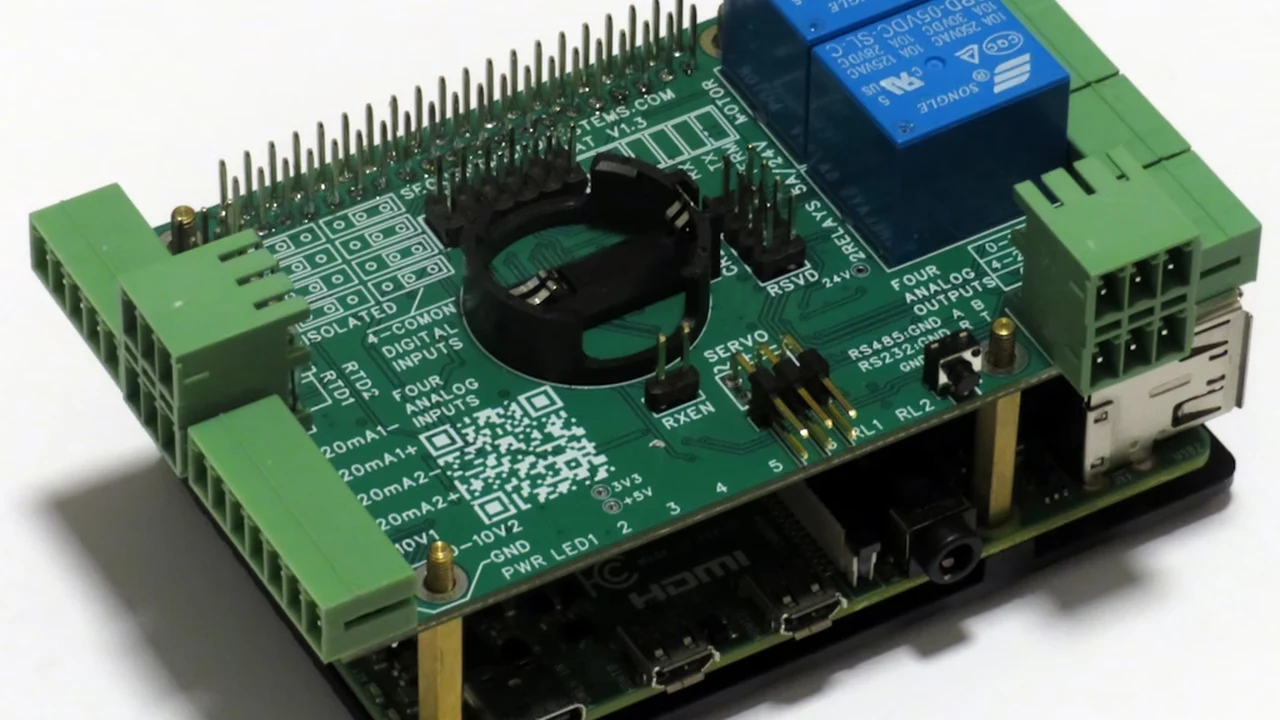
Zapier, a well-known automation platform, has recently rolled out a new artificial intelligence feature by introducing its own AI Copilot. This new addition is currently undergoing beta testing and aims to make the process of setting up automations, or “Zaps,” more straightforward and user-friendly on the Zapier platform.
Requiring no coding skills or in-depth technical knowledge of API integration or similar, Zapier has long been a go-to solution for those looking to automate repetitive tasks between various applications. However, the introduction of AI Copilot marks a significant enhancement in the way users interact with the platform. The feature offers interactive guidance, essentially holding the user’s hand through the creation of Zaps. This is a notable improvement from the platform’s previous, more static approach to automation setup.
Zapier AI Copilot overview
AI Copilot is particularly beneficial for those who are new to Zapier or who may not be as technically inclined. It operates by engaging users in a conversational exchange, asking questions and suggesting steps based on the user’s specific needs. This method of interaction makes the process feel more natural and intuitive, as if one is being guided by a knowledgeable assistant.
Here are some other articles you may find of interest on the subject of artificial intelligent automation systems and workflows :
Despite its potential, AI Copilot is not without its limitations. At this stage, it is not fully capable of handling complex workflows that require a deep understanding of triggers, actions, and data mapping within Zapier. Users who are not already familiar with these fundamental components may find it challenging to maximize the benefits of AI Copilot. It’s important to note that while the tool is a helpful starting point, it still requires user engagement to fine-tune the automations it helps to create.
Feedback from users has been instrumental in identifying areas where AI Copilot could be improved. Many have suggested that the addition of example prompts and variable suggestions would be beneficial. These enhancements would provide clearer guidance and encourage users to explore a wider range of automation possibilities. By offering concrete examples, users could gain a better understanding of what AI Copilot is capable of and how to leverage it effectively.
No-code automation
Looking to the future, there is much anticipation around the potential advancements of AI Copilot. As the feature continues to develop, it is expected to offer more sophisticated AI assistance, capable of managing increasingly complex tasks with minimal user input. Such advancements could have a significant impact on the task automation landscape, making it more accessible and efficient for a broader range of users.
For now, Zapier’s AI Copilot represents a positive step toward simplifying the creation of automations. While it does require users to have a baseline knowledge of Zapier and is not yet equipped to tackle intricate workflows, its interactive nature and the promise of future improvements make it an intriguing development. As AI Copilot evolves, it is poised to become an even more powerful tool in the quest for streamlined workflow automation, offering users the ability to save time and focus on more strategic tasks.
Zapier CoPilot AI is a contact management solution for building your sales pipeline and uncovering hidden revenue with social lead generation. The excitement surrounding AI Copilot is a testament to the growing demand for tools that can simplify complex processes. In a world where efficiency and productivity are paramount, features like AI Copilot are increasingly valuable. They not only help users navigate the complexities of automation but also empower them to take full advantage of the technology at their disposal.
In the realm of automation, the journey from concept to execution can often be daunting. With the help of AI Copilot and the Zapier platform automation is being made easier without the need to learn code, providing a tool that not only simplifies the process but also scales with your budget. For more information on how Zapier functions and its new artificial intelligence features jump over to the official website.
Filed Under: Guides, Top News
Latest timeswonderful Deals
Disclosure: Some of our articles include affiliate links. If you buy something through one of these links, timeswonderful may earn an affiliate commission. Learn about our Disclosure Policy.













